I am new to using NumPy, my knowledge of Python is limited and also new to working on images. I don't understand how to do this.
I need to know how to vectorize a nested for loop in Python in which the second loop in dependant on the first loop.
Example:
for(condition)
{ //
if (condition)
{ //
for(condition)
{ //
}
}
}
Let me give the context and a snippet of code so that its easier to explain what I'm looking for.
I have found the end points(a pixel with only one neighbouring pixel) and junction points(a pixel with three or more neighbouring pixels) of a skeletonized image, and in this code snippet, the code is trying to find any connections between the junction points or between a junction point and an end point.
#FOR JUNCTION POINTS TO OTHER JUNCTION POINTS OR END POINTS
for i in xrange(lenj):
a=junc_points[i]
point_junc=en2(a[0],a[1],skeleton,point)
point.append(a)
for c in point_junc:
a1=c
point.append(a1)
while True:
flag=0
a2=en1(a1[0],a1[1],skeleton,point)
a1=a2[1:]
if a2[0]==0:
break
else:
point.append(a1)
for j in xrange(lenej):
b=end_junc_points[j]
if a1==b:
#print(a," is connected to ",b)
flag=1
adj[i][j]=1
break
if flag==1:
break
point is a list variable storing all the previously visited pixel coordinates
e2() returns all the neighbouring pixels of point a so that each branch can be traversed to look for end points or junction points
e1() returns [0] if a pixel has already been visited else returns [1,x,y] where x and y are the pixels in front of it
junc_points is a list which stores all the junction points
end_junc_points is a list which stores all both the junction and the end points
lenej is length of end_junc_points
lenj is length of junc_points
point_junc stores the pixel coordinates returned by e2()
adj is an adjacency matrix
The reason I need this is because I am trying to make a key point graph from the end points and junction points in the skeletonized image. adj stores that graph
I wrote the code in a very basic way in Python. As you can understand, this is not efficient and slow, which is why I need vectorization. Other than vectorization, please point me to any functions or libraries for working with skeletonized image which would help me optimize my code.
I appreciate my code looks very vague, I tried to explain everything as much as I can. The reason I didn't give my full code is because there are other sections of the code having the same stuff and I wanted to be able to do them on my own, which is why I asked for help for only one portion, as understanding how to vectorize this might help me do the rest as well.
Edit: Adding input output.
For this image
This was the skeleton image formed
On running a piece of code, I find out the end points and junction points, which are in this case
There's no end points, naturally, these junction points and end points go on as the input for this snippet of code, and it's supposed to form an adjacency matrix to convert it into a graph. The graph formed for this image (represented by an adjacency matrix) is :
I hope this clears up the doubts on input and output



